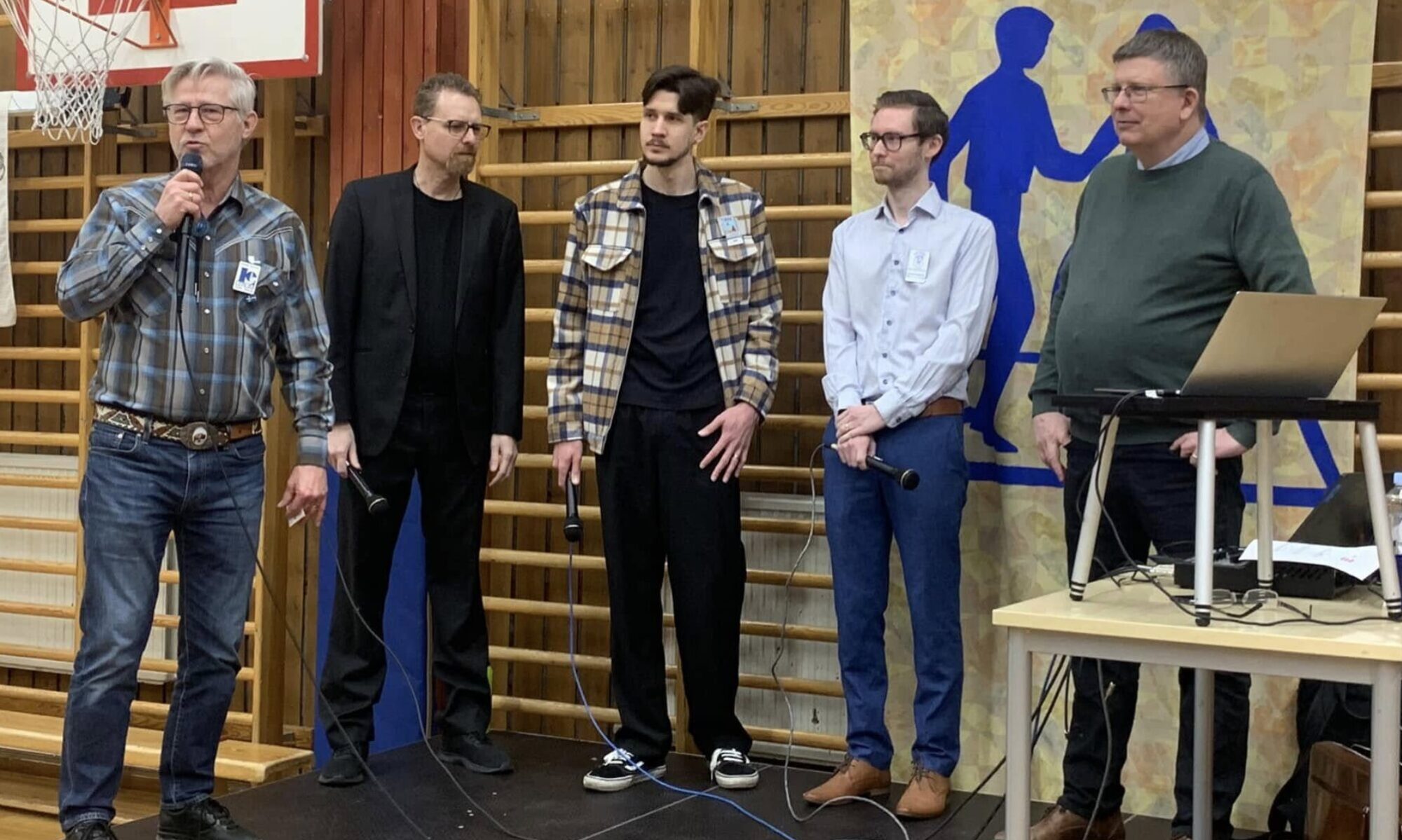Roberta Oiler, center, stands along with her daughters Janelle Stanley and Jessica Keaton in East Jackson, Ohio. Photograph: Maddie McGarvey/The Guardian
Numerous residents in East Jackson had been raised to recognize as black colored. But exactly what dictates competition: in your geographical area, your DNA, the history you’re taught?
Final modified on Mon 24 Feb 2020 19.26 GMT
T he stale, smoky atmosphere around Clarice Shreck heaves. She takes a long hit of air through the pipe under her nose. She leans ahead, moving in her own armchair, before releasing her raspy smoker’s laugh, which can be smudged down an additional later on by her smoker’s coughing.
The pale girl with frizzy grey-streaked locks commands her on-and-off partner of over two decades, Jimmy – that is in one associated with few white families in East Jackson – to fetch her bag. He plops it on to her lap; she struggles to find an old little bit of paper folded up in her own wallet. She gradually unfolds it to provide her delivery certification.
“Negro”, it reads, close to every one of her parents’ names. She looks up triumphantly, success in her eyes that are periwinkle. “It’s a document that is legal” she claims.
The last known full-blooded black individual in her family members ended up being her great-great-grandfather Thomas Byrd, her moms and dads informed her. Photos of those, whom both look white, decorate the wood walls on either part of Shreck’s seat. Their stares follow her in their previous home. These are the people whom told her she ended up being black colored.
“I’m 53 years of age, and that’s all I’ve ever been raised as: black,” Shreck says. Fortsätt läsa ”They appear white but say they are black colored: a tiny city in Ohio wrestles with race”
